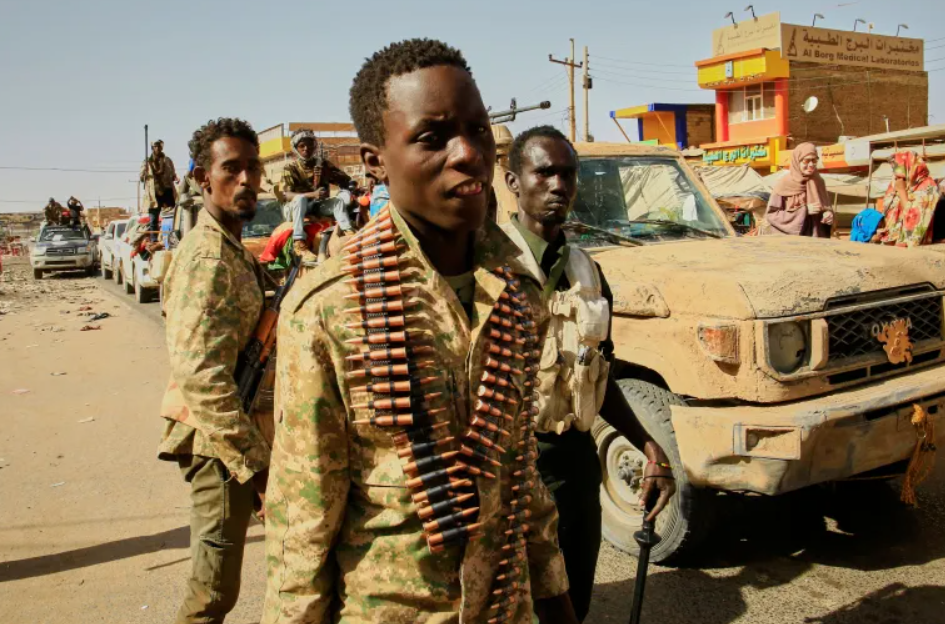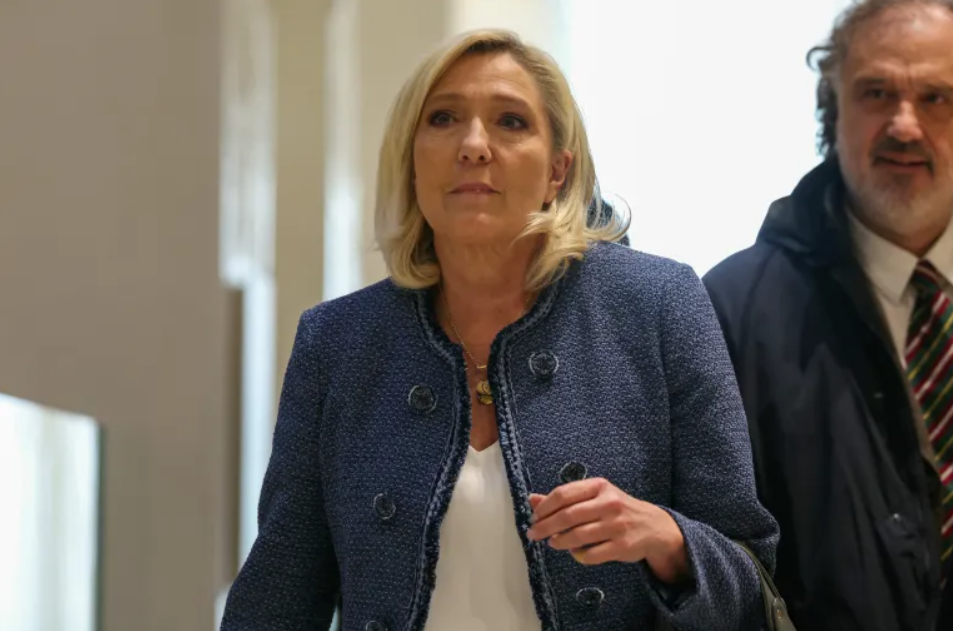(Al Jazeera Media Network) New alliances in Sudan’s civil war risk sparking a regional conflict by drawing in neighbouring South Sudan, analysts tell Al Jazeera.
The biggest development was an alliance in February between the Sudan People’s Liberation Movement-North (SPLM-N) and the paramilitary Rapid Support Forces (RSF), which established a government to rival Sudan’s current de-facto leadership.
The RSF has been at war with Sudan’s army since April 2023 and seeks to increase its control and influence in central and eastern Sudan to expand its operational theatre.
SPLM-N is an armed movement headed by Abdel Aziz al-Hilu, which has been fighting Sudan’s army for decades and controls swaths of the states of South Kordofan and Blue Nile, both on the border with South Sudan.
Analysts said Sudan’s army is responding by backing South Sudanese militias to fight the SPLM-N and the RSF along their shared 2,000-km border.
South Sudan is already dealing with its own political crisis, which could tip the country back into an all-out civil war.
“If things fall apart in South Sudan, then that would make it very difficult to separate the war in Sudan from the war in South Sudan,” said Alan Boswell, an expert on South Sudan and Sudan for the International Crisis Group.
Strategic alliance
SPLM-N has been criticized for allying with the RSF, which is accused by the United Nations and other observers of committing numerous atrocities.
Al-Hilu likely chose the alliance because he could not afford to stay neutral any longer, said Kholood Khair, an expert on Sudan and the founding director of the Confluence Advisory think tank.
“Abdel Aziz realized the RSF will soon be his neighbour [next to South Kordofan state], and he can’t fight both the army and the RSF at the same time,” she told Al Jazeera.
On March 23, the RSF captured West Kordofan state, which borders South Kordofan
South Kordofan also shares borders with North Kordofan and White Nile states. The latter serves as a major strategic point to reach central Sudan, including the country’s breadbasket state known as Gezira, which the RSF recently lost to the army.
Blue Nile state is also a strategic point because it shares an international border with Ethiopia.
Partnering with SPLM-N gives the RSF a much larger operational theatre to smuggle in supplies from South Sudan and Ethiopia and plot new attacks against the army – and civilians – in central and northern Sudan, Boswell said.
“The army wanted to push RSF west of the Nile [toward the western region of Darfur] by basically capturing all the bridges [in Khartoum],” he told Al Jazeera.
“But if RSF can go back and forth through [South Sudan] from South Kordofan and if it can go through Blue Nile and into Ethiopia, that poses a major threat and makes the army’s containment strategy that much more difficult,” he said.
War by proxy
During Sudan’s second north-south civil war from 1983 to 2005, before South Sudan became independent, Khartoum sought to undermine the Sudan People’s Liberation Movement (SPLM), the main group fighting for the south’s liberation. To do so, it supported southern militias against it.
The war ended with a peace agreement that gave southerners the right to vote in an independence referendum, and in 2011, South Sudan became the newest country in the world.
SPLM-N, which grew out of the SPLM, shares the South Sudanese ruling elite’s history of fighting the Sudanese army.
During the civil war, the Nuba tribespeople of South Kordofan and Blue Nile fought as part of the SPLM while the government “normally relied on proxies to fight its wars,” said Hafez Mohamed, who is originally from the Nuba Mountains and heads the human rights group Justice Africa.
In 1987, the government began arming nomads and pastoralists referred to as “Arabs” to fight against sedentary farmers in the south who are seen as “non-Arabs”.
For years to come, this divide-and-conquer approach would be the army’s modus operandi to combat rebellions across the country, most famously birthing in the early 2000s what would become the RSF.
When President Omar al-Bashir came to power through a bloodless military coup in 1989, he doubled down on this strategy by forming the Popular Defence Forces (PDF) – an instrument for the then-National Islamic Front ruling party to politically and militarily mobilize young men.
The “Arab” PDF forces became notorious for setting on fire entire villages and carrying out summary killings.
The terrifying abuses often exacerbated local competition for farmland, which stems from decades of aggressive state-backed land policies that enriched national elites and uprooted local communities for industrial farming.
https://www.aljazeera.com/features/2025/3/29/sudans-war-risks-merging-with-conflict-in-south-sudan-say-analysts




![31st Mar: 1991 (2018), 1hr 41m [TV-MA] – Streaming Again (6.55/10)](https://occ-0-7324-92.1.nflxso.net/dnm/api/v6/Qs00mKCpRvrkl3HZAN5KwEL1kpE/AAAABdrPhEQQgvbiODHKaFMzV9_ixiAzBEgk0SDReo7lCik-0mrCbFlK8SGtFG62FyAzYAUDLnXnOKtdparfUrop2yQkIjVqXfEcV0ok.jpg?r=0eb)







